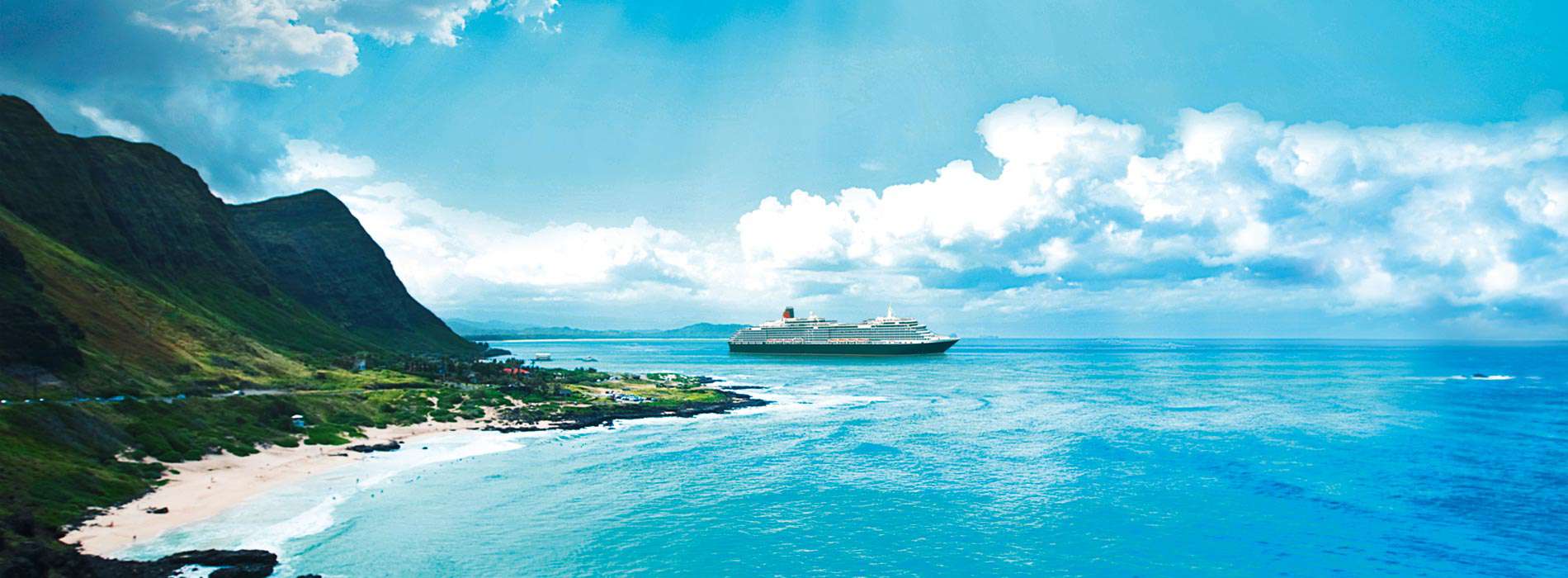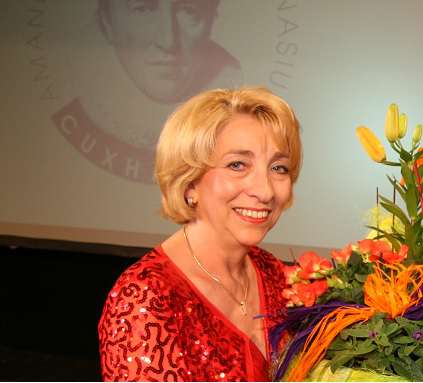Greetings from New Zealand
Diterbitkan: 23.02.2017
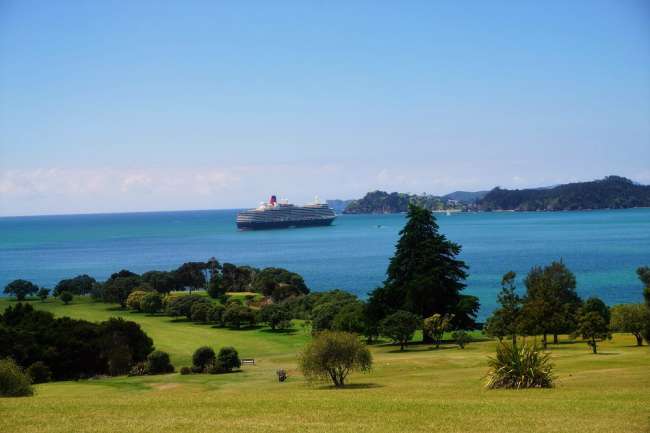
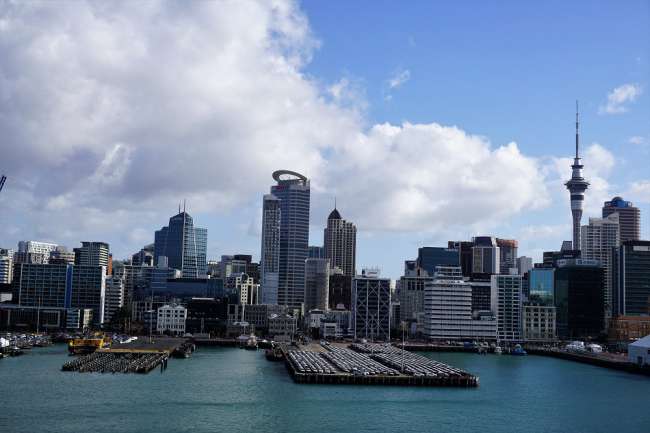
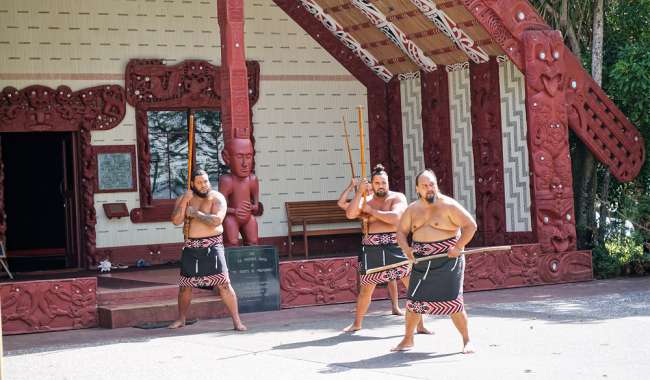
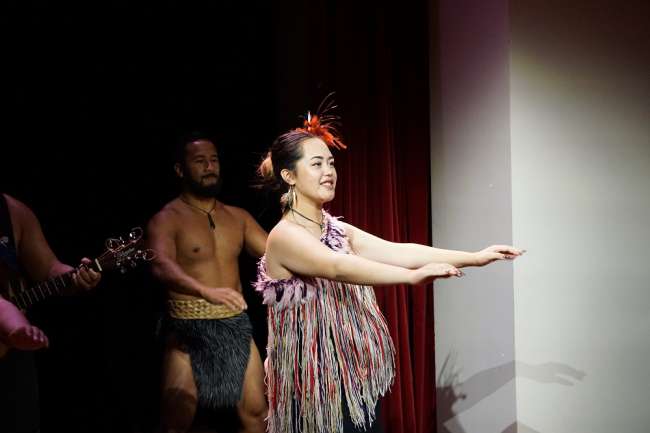
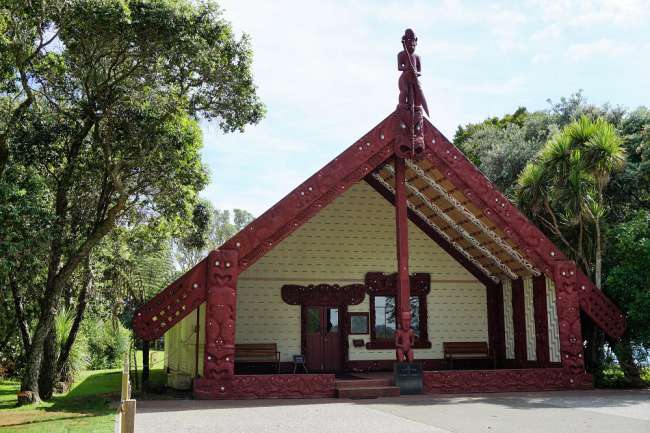
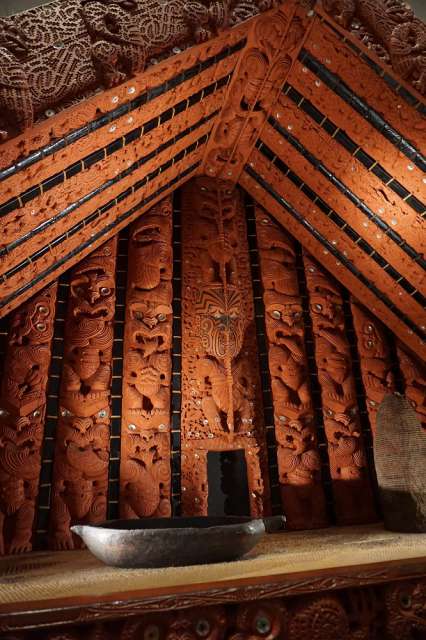
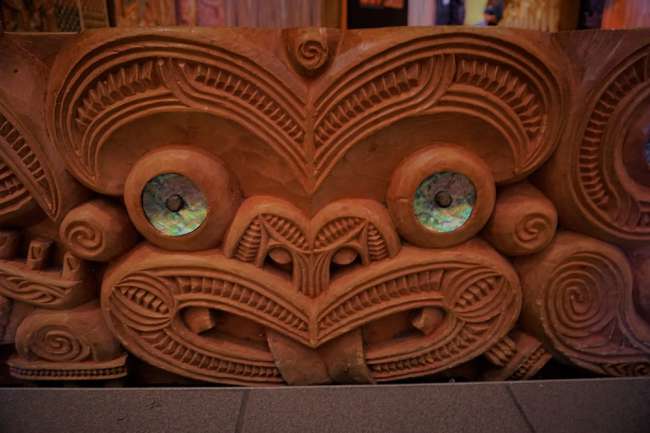
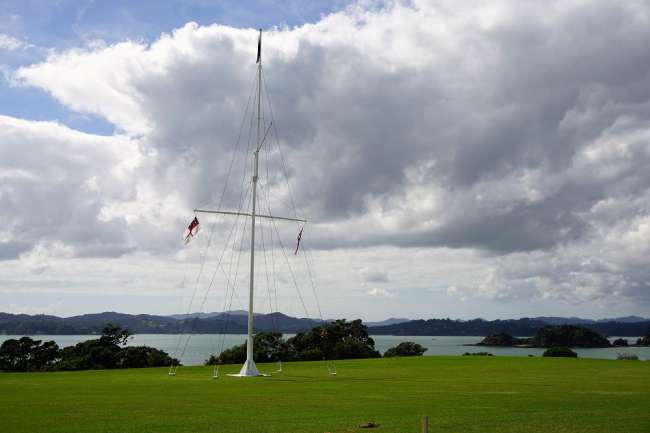
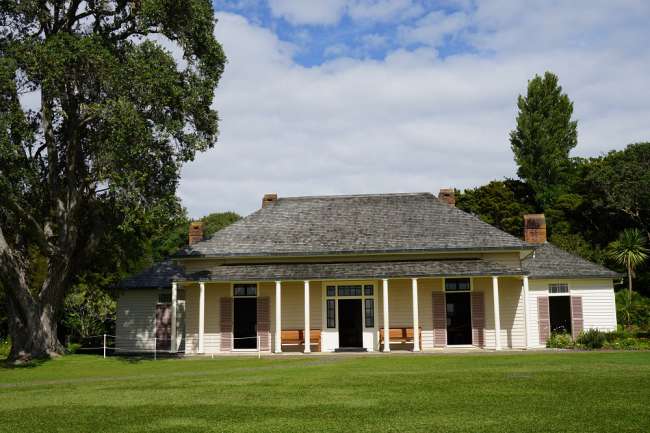
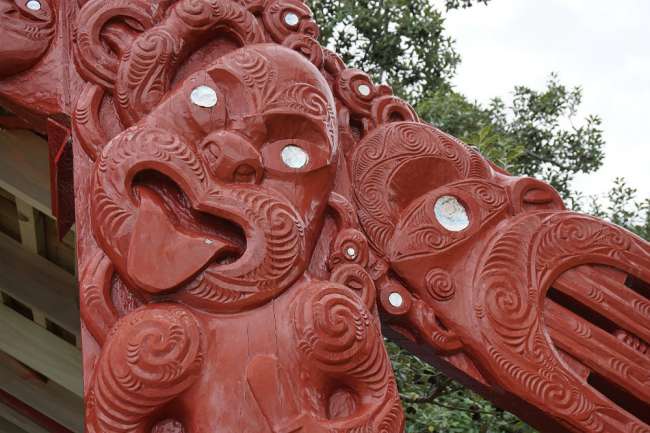
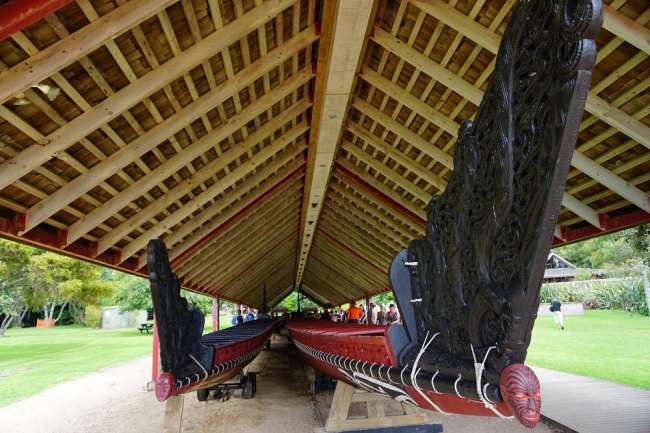
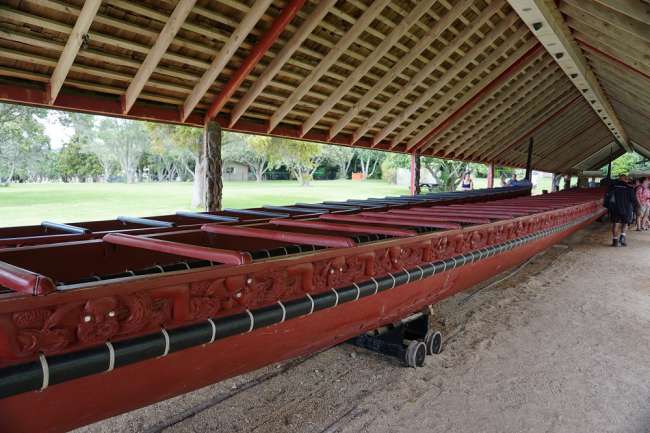
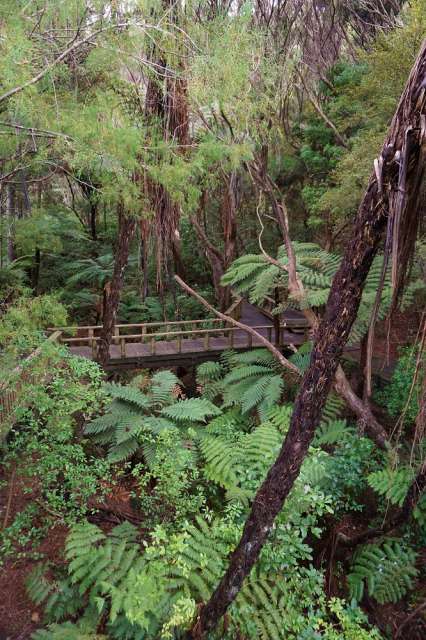
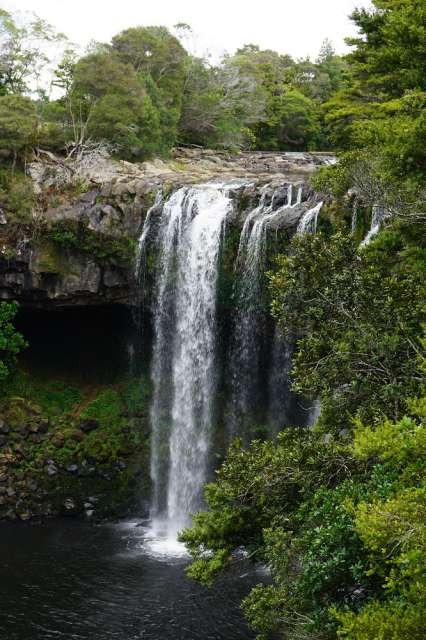
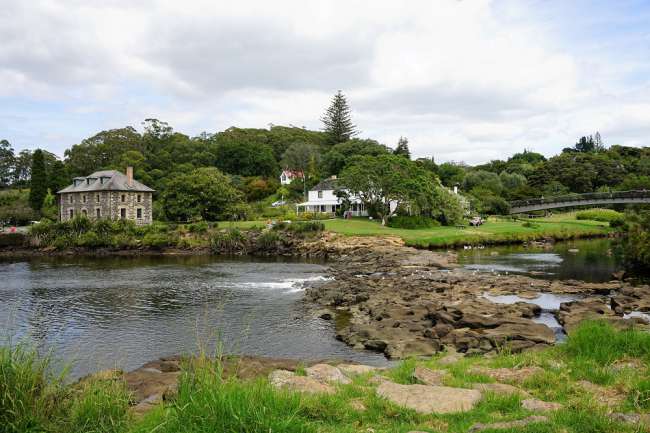
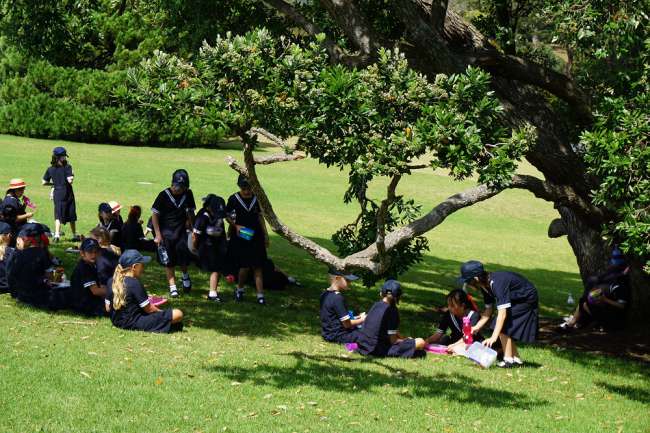
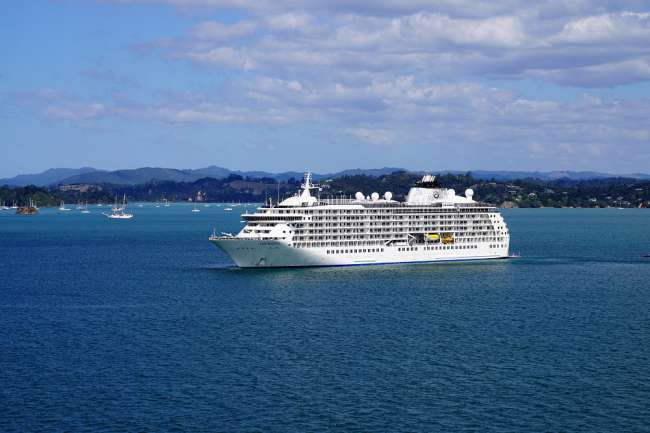
Berlangganan Newsletter
These greetings come partly from Auckland, the "City of Sails", and partly from the "Bay of Islands" at the northern tip of the North Island of New Zealand, an area of 144 islands with dreamy bays and beautiful landscapes.
Our stay in Auckland had been extended by a day due to the canceled day in Tonga, so we arrived in the late afternoon before the scheduled day of arrival. The journey to New Zealand had become quite windy, with rough waves due to the outskirts of the problematic weather in the Tonga area. The decision to get away from the Tonga area was made because of the announced storms with speeds of 110 km / h.
In Auckland itself, we were greeted with beautiful weather again, around 24 degrees and sunny. The entry was very straightforward compared to the American experiences. The TV program in the cabins showed a film about the entry requirements days before, stating not to bring any food or animal or plant products into the country. Outdoor sports activities also had to be announced, as shoes could possibly be infected. Violations of these rules are punished with high fines, starting from 400 dollars. New Zealand is trying to protect its lifeline - agriculture - in this way. To check the whole thing, the authorities use dogs that sniff out food, etc. They run, on a leash, past the people pretty quickly, sniffing them and all bags very briefly. I had imagined such big dogs, but the first dog was a smaller cute one, so we all stopped ("oh, how cute"), whereupon we were reminded not to hinder the dog while working and to keep walking.
The ship was close to the city center, near the main shopping street. At first glance, Auckland didn't seem too spectacular to me: the skyline is dominated by large banks, as in almost every other port, but the Sky Tower stands out at a height of 328m and has become a landmark. The city itself, with 1.3 million inhabitants, appears quite unstructured, old Victorian buildings disappear next to large glass buildings of recent years. There is no old core. But what makes Auckland special is its location by the sea and the fact that there are masses of sailing and motor boats. Statistically, every 3rd Aucklander has a boat. In January, on the anniversary of the city, there is always a regatta with 1000 ships and also the America's Cup, which New Zealand has won several times but has probably lost to Switzerland at the moment, still the crew of the ship was purely New Zealand. So indirectly still a victory. Sailing is therefore one of the most popular sports here and Auckland is therefore also known as the "City of Sails". I found the view of the beautiful ships and the atmosphere in the small restaurants and bars in the marina beautiful. A Swedish girl from the international group that I do a lot with decided to celebrate her birthday the next day in one of the restaurants, which turned out to be a very nice evening with 8 people. We come from 5 different nations and it is always very entertaining. However, the prices on the menu took my breath away because New Zealand is insanely expensive.
For New Zealand, I had focused my excursions on the history and culture of the Maori. These indigenous people still exist and are now well recognized. Customs are taught in primary schools and the language is second in New Zealand, although since the 90s the country has also been affected by a large wave of migration from Asia and Africa, similar to Europe.
In the Maori Museum, I saw a dance performance that wasn't as wild as I had imagined. Above all, the young men were not so heavily tattooed. It is strange that tattoos are currently more pronounced with us. The Maori dance, called "haka", is a war dance and is supposed to practice the movement sequences for an attack and the coordination in fighting and intimidate the opponent in battle. Of course, it now has a more folkloric character, but the New Zealand rugby team always comes onto the field with this dance and has made the "haka" internationally known. Since the Maori don't have drums, they clap their chest and legs with their hands and shout loudly to impress the opponent. In addition, they widen their eyes and stick out their tongues.
The outstretched tongue is also always seen at the house portal on the masks to scare away evil spirits. The houses and also the boats are all kept in red / brown and are impressive in size and artistic design. The typical greeting ritual goes with nose touching, called "hongi", and is very formal and unusual for us.
In the Bay of Islands, 250 km north of Auckland, you will find the place where the Maori and the British entered into the Waitangi Treaty, recognizing British sovereignty in exchange for the protection of their tribes and their land, which is still celebrated annually to this day. The location of Waitangi is wonderful, as is the surrounding area and especially the replica of two rowing boats that could accommodate up to 150 Maori warriors. So historically very interesting.
By the way, the ship "The World" was also in the bay with us, which is the only ship consisting only of apartments that cost a fortune. It continuously travels around the world, and all apartments were quickly sold when the ship was completed. I took the opportunity to take a photo of this ship.
The beautiful landscape with its bays, mountains, waterfalls, and lush vegetation has made me eager to visit New Zealand again for a longer period of time, and when I buy a New Zealand kiwi at our supermarket now, I will surely associate it with the beautiful pictures. By the way, Germany is one of the most important trading partners for fruit.
But now it's off to Sydney. I'm really looking forward to this city and I have high expectations.
Best wishes, Eva
Berlangganan Newsletter
Menjawab

Laporan perjalanan Selandia Baru
